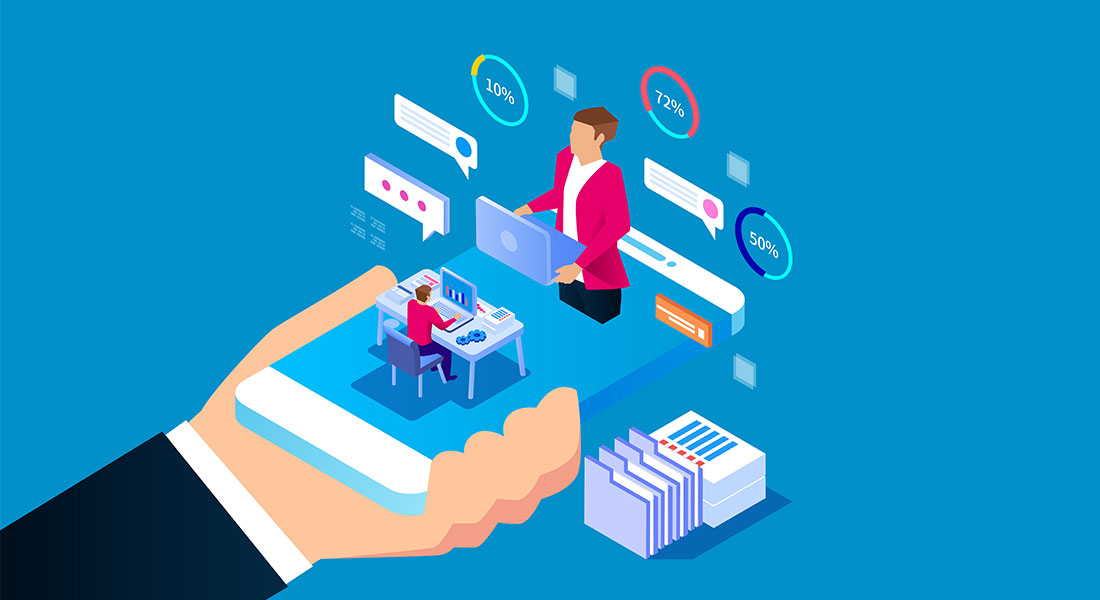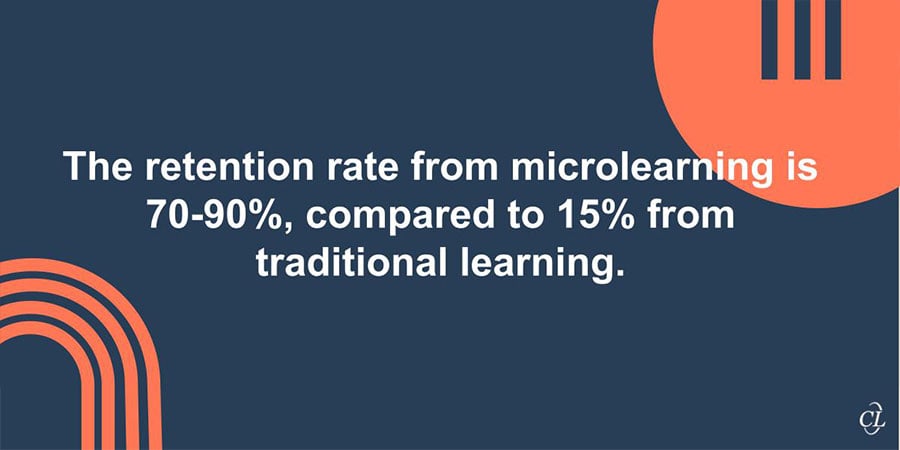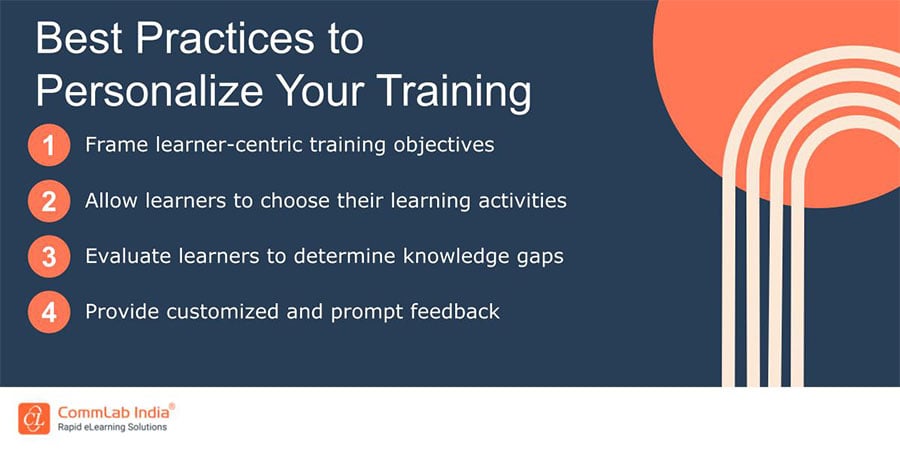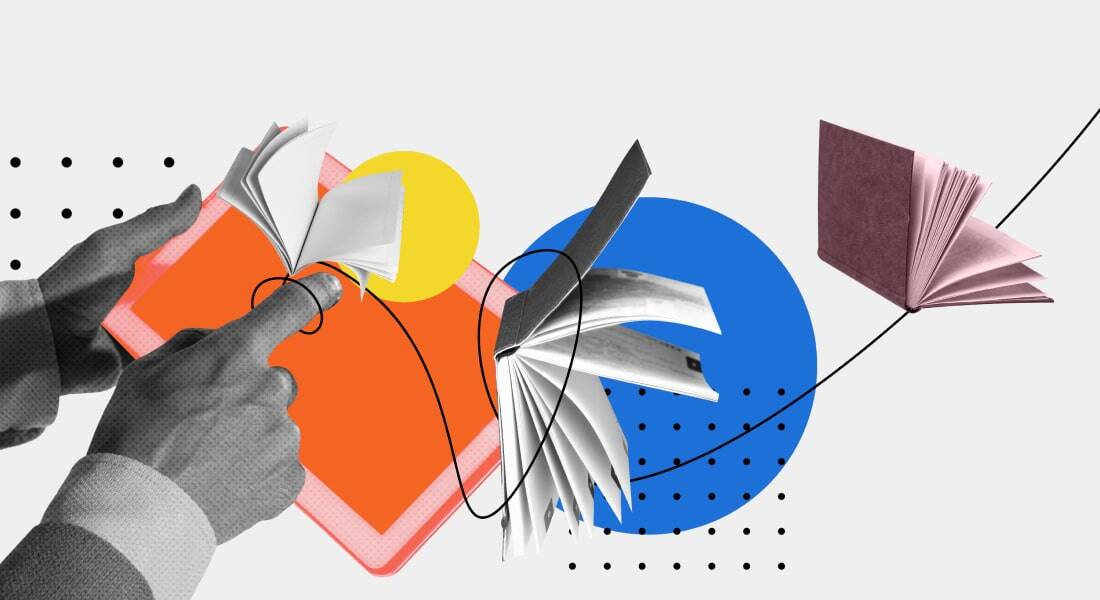Microlearning for Product Training: Revolutionizing Employee Learning

In today's fast-paced business landscape, the old adage "knowledge is power" has never rung truer. A knowledgeable workforce is the backbone of any successful organization, and when it comes to product training, the stakes are high. The rise of microlearning in product training has become the hero of this narrative, breathing fresh life into the way employees learn and retain vital product information. In this article, we'll embark on a journey through the microlearning landscape, and figure out how it's already transforming the way businesses equip their workforce with the knowledge they need to succeed.
Are you Planning to Leverage Microlearning for Product Training?
Here are a few benefits to get started with it -
- Solves attention span challenges
- Provides on-the-go learning
- Improves knowledge retention
- Helps deal with busy work schedules
- Adapts to modern technology
The Rise of Microlearning in Product Training
Microlearning is revolutionizing the way companies approach product training. In recent years, there has been a significant shift away from traditional training methods, such as lengthy classroom sessions or exhaustive manuals, in favor of microlearning. Here are a few benefits of microlearning for product training:
1. Solves Attention Span Challenges
In the digital age, attention spans are shrinking. Employees often find it challenging to engage in long training sessions. Microlearning addresses this by breaking content into bite-sized, easily digestible modules. This not only reduces the time employees spend in training but also enables them to apply what they've learned more quickly. Microlearning modules are designed to be highly engaging as well. They often incorporate multimedia elements, gamification, and interactivity, which keep learners actively involved and motivated, without taking a lot of their valuable time.
→ Download eBook Now: Microlearning 101
2. Provides On-the-Go Learning
With the rise of remote work and the ubiquity of mobile devices, employees increasingly expect learning materials to be accessible on the go. Learners can access modules from their smartphones, tablets, or computers, allowing them to leverage the advantages of mobile learning and learn at their own pace and convenience. With the technological advancements in smartphones every now and then, it seems like microlearning has evolved from being a popular trend to a critical need.
3. Improves Knowledge Retention
Studies have shown that microlearning leads to better knowledge retention compared to traditional methods. Microlearning leverages this principle to ensure that employees remember critical product information and apply what they've learned when it's delivered in short, focused bursts.

4. Helps Deal with Busy Work Schedules
In today's fast-paced work environment, employees often have limited time for training. Microlearning allows them to fit learning into their busy schedules without the need for extended time away from their core responsibilities. Thus, microlearning is ideal for providing just-in-time information. Employees can access specific product details when they need them, enhancing their ability to assist customers or make informed decisions.
5. Adapts to Modern Technology
Companies are increasingly adopting modern technologies for training, and microlearning fits seamlessly with eLearning platforms and Learning Management Systems (LMS). Additionally, the content in microlearning modules can easily be updated as products change or evolve, ensuring that employees always have access to the latest information.
Personalization in Microlearning for Product Training
In the world of learning and development, personalization is the golden ticket to unlocking learner engagement and knowledge retention. It's the art and science of tailoring the learning experience to meet the unique needs, preferences, and abilities of each individual learner. In the context of microlearning for product training, personalization takes center stage as a powerful tool to enhance the effectiveness of your training program.
1. Learner Profiles
The journey towards personalization begins by creating comprehensive learner profiles. These profiles capture essential information about each learner, including their:
● Learning Styles: Do they learn best through visual aids, hands-on activities, or written content?
● Prior Knowledge: What do they already know about the product or subject matter?
● Goals and Objectives: What are their learning goals and career objectives?
● Preferred Learning Times: Are they early birds or night owls when it comes to learning?
These learner profiles can be established through initial assessments, surveys, and even machine learning algorithms that analyze past learning behaviors.
2. Adaptive Learning Paths
Once you have learner profiles in place, it's time to introduce the concept of adaptive learning paths. This is where technology, particularly artificial intelligence (AI) and machine learning, plays a pivotal role. Adaptive learning algorithms analyze each learner's progress and performance, allowing the system to dynamically adjust the content and difficulty level of microlearning modules.
For example, consider two sales representatives: one with years of experience and another who is relatively new to the company. Adaptive learning would ensure that the experienced salesperson receives more advanced product training materials and challenges, while the newcomer is provided with foundational content.
3. Tailored Content
Personalization also extends to content selection. Learners may have different roles within the organization, and therefore, their product training needs will vary. Tailored content means offering learners a choice of microlearning modules based on their job roles, interests, and requirements. This not only keeps learners engaged but also ensures that they're receiving relevant information.

Imagine a scenario where a customer support representative can access microlearning modules specifically designed to address common customer inquiries about any of the company products, while a marketing specialist can dive into content focused on product positioning and messaging.
4. Microlearning Nuggets (Nanolearning)
In the world of microlearning, less is often more. Personalization can take the form of delivering short, relevant "nuggets" of information to learners precisely when they need it. This could be in response to specific questions they have or challenges they encounter in their roles. It's the equivalent of having a virtual coach that provides guidance at the moment of need.
For instance, if a salesperson is about to engage with a client who has questions about a particular product feature, they can access a microlearning nugget that provides a quick and concise explanation, ensuring they're well-prepared for the interaction.
5. Feedback Loops
Lastly, personalization thrives on feedback. Encourage learners to provide feedback on their microlearning experiences. Do they find certain modules more helpful than others? Are there topics they'd like to explore further? Use this feedback to continually refine and personalize the content and delivery methods. By actively seeking input from your learners, you not only enhance their engagement but also demonstrate a commitment to meeting their unique needs.
Wrapping Up!
In the ever-evolving landscape of product training, microlearning emerges as the catalyst for change. Its ability to engage, adapt, and personalize learning experiences has the power to redefine how organizations equip their teams with the knowledge needed to thrive. By harnessing the potential of microlearning, you're not just transforming how your team learns; you're driving innovation, engagement, and excellence in product knowledge that can set your organization on the path to success. To learn more about microlearning, here’s the best eBook you can get, that too for free. Grab your copy now!





